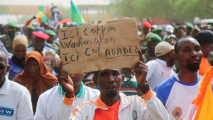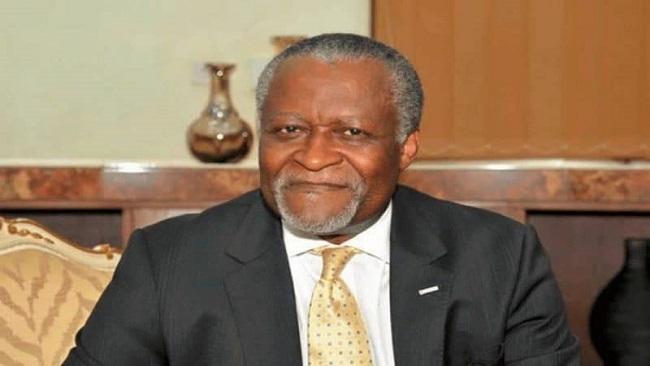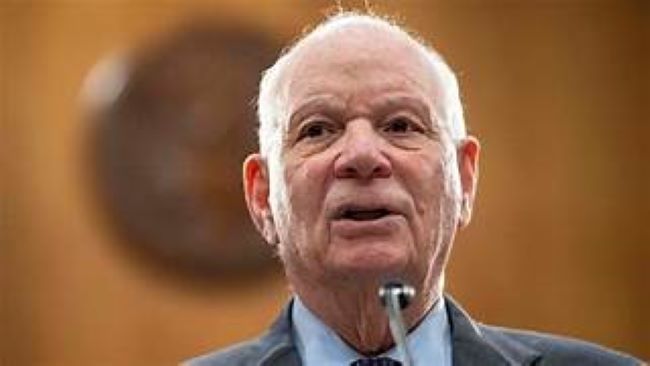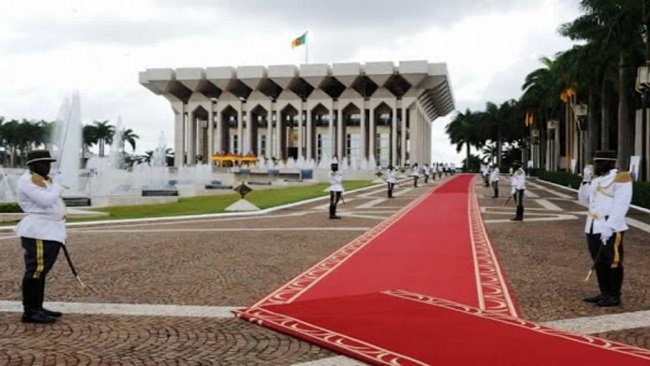Categories
Recent Posts
- Cameroon is broken: Who can fix it?
- Cameroonian beer and soft drinks exports soar by 73% and 46.6% in 2022
- Southern Cameroons Crisis: 2 teachers abducted in the North West
- World Bank says despite high potential, 75 vulnerable economies face ‘Historic Reversal’
- Cardinal Robert Sarah says Western prelates have lost their nerve
Archives
- April 2024
- March 2024
- February 2024
- January 2024
- December 2023
- November 2023
- October 2023
- September 2023
- August 2023
- July 2023
- June 2023
- May 2023
- April 2023
- March 2023
- February 2023
- January 2023
- December 2022
- November 2022
- October 2022
- September 2022
- August 2022
- July 2022
- June 2022
- May 2022
- April 2022
- March 2022
- February 2022
- January 2022
- December 2021
- November 2021
- October 2021
- September 2021
- August 2021
- July 2021
- June 2021
- May 2021
- April 2021
- March 2021
- February 2021
- January 2021
- December 2020
- November 2020
- October 2020
- September 2020
- August 2020
- July 2020
- June 2020
- May 2020
- April 2020
- March 2020
- February 2020
- January 2020
- December 2019
- November 2019
- October 2019
- September 2019
- August 2019
- July 2019
- June 2019
- May 2019
- April 2019
- March 2019
- February 2019
- January 2019
- December 2018
- November 2018
- October 2018
- September 2018
- August 2018
- July 2018
- June 2018
- May 2018
- April 2018
- March 2018
- February 2018
- January 2018
- December 2017
- November 2017
- October 2017
- September 2017
- August 2017
- July 2017
- June 2017
- May 2017
- April 2017
- March 2017
- February 2017
- January 2017
- December 2016
- November 2016
- October 2016
- September 2016
- August 2016
- July 2016
- June 2016
Featured
Most Commented Posts
 4 Anglophone detainees killed in Yaounde
4 Anglophone detainees killed in Yaounde
19 comments Chantal Biya says she will return to Cameroon if General Ivo Yenwo, Martin Belinga Eboutou and Ferdinand Ngoh Ngoh are sacked
Chantal Biya says she will return to Cameroon if General Ivo Yenwo, Martin Belinga Eboutou and Ferdinand Ngoh Ngoh are sacked
13 comments Anglophone Nationalism: Barrister Eyambe says “hidden plans are at work”
Anglophone Nationalism: Barrister Eyambe says “hidden plans are at work”
12 comments The Anglophone Problem – When Facts don’t Lie
The Anglophone Problem – When Facts don’t Lie
12 comments Largest wave of arrest by BIR in Bamenda
Largest wave of arrest by BIR in Bamenda
10 comments
Latest Tweets
Error: access keys missing in Themify > Settings > Twitter SettingsFeatured
-

Cameroon is broken: Who can fix it?
-

Cameroonian beer and soft drinks exports soar by 73% and 46.6% in 2022
-

Southern Cameroons Crisis: 2 teachers abducted in the North West
-

World Bank says despite high potential, 75 vulnerable economies face ‘Historic Reversal’
-

Cardinal Robert Sarah says Western prelates have lost their nerve
-

Iran launches drones at Israel in retaliatory attack
-

Thousands protest in Niger demanding immediate withdrawal of US troops
© Cameroon Concord News 2024





11, June 2016
Cameroon says identification of mobile phone customers will “enhance efficiency” 0
This is obviously not the first time that the issue is coming up. About five years ago, the Minister of Posts and Telecommunications issued directives calling on all mobile telephone companies in Cameron to ensure that their customers were identified and registered. After much feet-dragging, the process finally took place and all subscribers to mobile telephone in the country were supposed to have been identified and their data placed in a server somewhere.
In September 2015, a text signed by the Prime Minister gave new modalities for the identification of all subscribers to mobile telephones in the country. One remarkable innovation in the decision was that no individual could have more than three numbers per mobile company. Most observers expected that the mobile telephone companies were going to follow suit and launch other identification campaigns in conformity with the new regulations. Almost one year after, the process has finally taken off, but with many irregularities.
During the initial operation, there were wanton cases of abuse and neglect both on the side of the mobile operators and the regulatory structure that is expected to protect the rights of the client and the State. People had to queue up for hours on end and there were even cases of deaths as users waited in hot sun to have their numbers registered. Several formulae were experimented before any user-friendly procedure could be put in place to make the exercise easier for subscribers.
Regrettably, the recent resumption of the identification process is still fraught with problems and unanswered questions. Nothing exists to show that anyone has been identified, at least for those who have gone through the long queues to perform the ritual. Mobile telephone companies still seem to negatively exploit the excitement that their products offer by treating customers as helpless citizens. People are made to line up as early as 7 A.M. to wait for the exercise and no one bothers if it rains on them or not. What of those with busy schedules who have to be at their jobs so often?
The multiplication of identification sites at road junctions could have been a salutary move. Yet, no one bothers to communicate on the existence of such places. People only stumble on them or meet some young men and women on street corners and public places offering to identify them. Worse still, messages being sent to subscribers hardly distinguish between those who have gone through the process and those who are still to do so. What happens to the data earlier collected by the mobile companies from subscribers?
Curiously, those who have had security problems posed by con men using fake mobile telephone companies can better tell the story of how difficult it is to identify such contacts. Some of the mobile telephone companies take weeks and even more to produce information on their subscribers. That is if they ever do so! Such a pattern of operation is perplexing and keeps ordinary users wondering if no possibilities exist to know if A or B has already been identified. Could the obstacle be the lack of regulatory framework, complicity between the various operators and the regulators or simply an act of negligence?Whatever the situation, the repetitive nature of the mobile telephone identification process is disturbing and requires more attention than is actually the case. There should certainly be possibilities to avoid users the trouble of having to line up every now and then for the same exercise as if they lacked something to do.
Cameroon Tribune